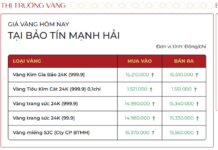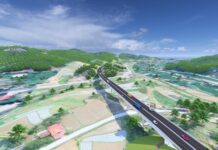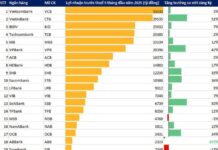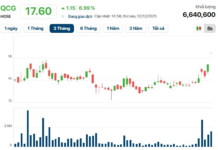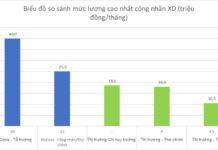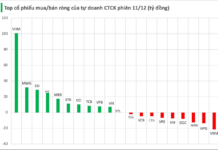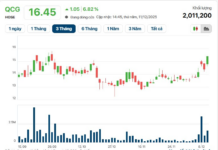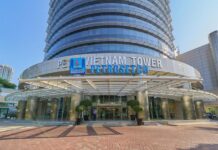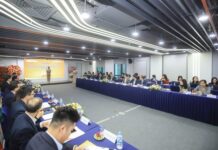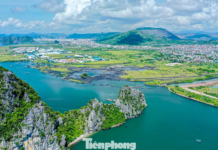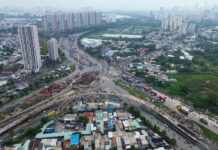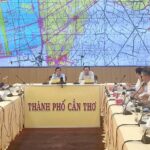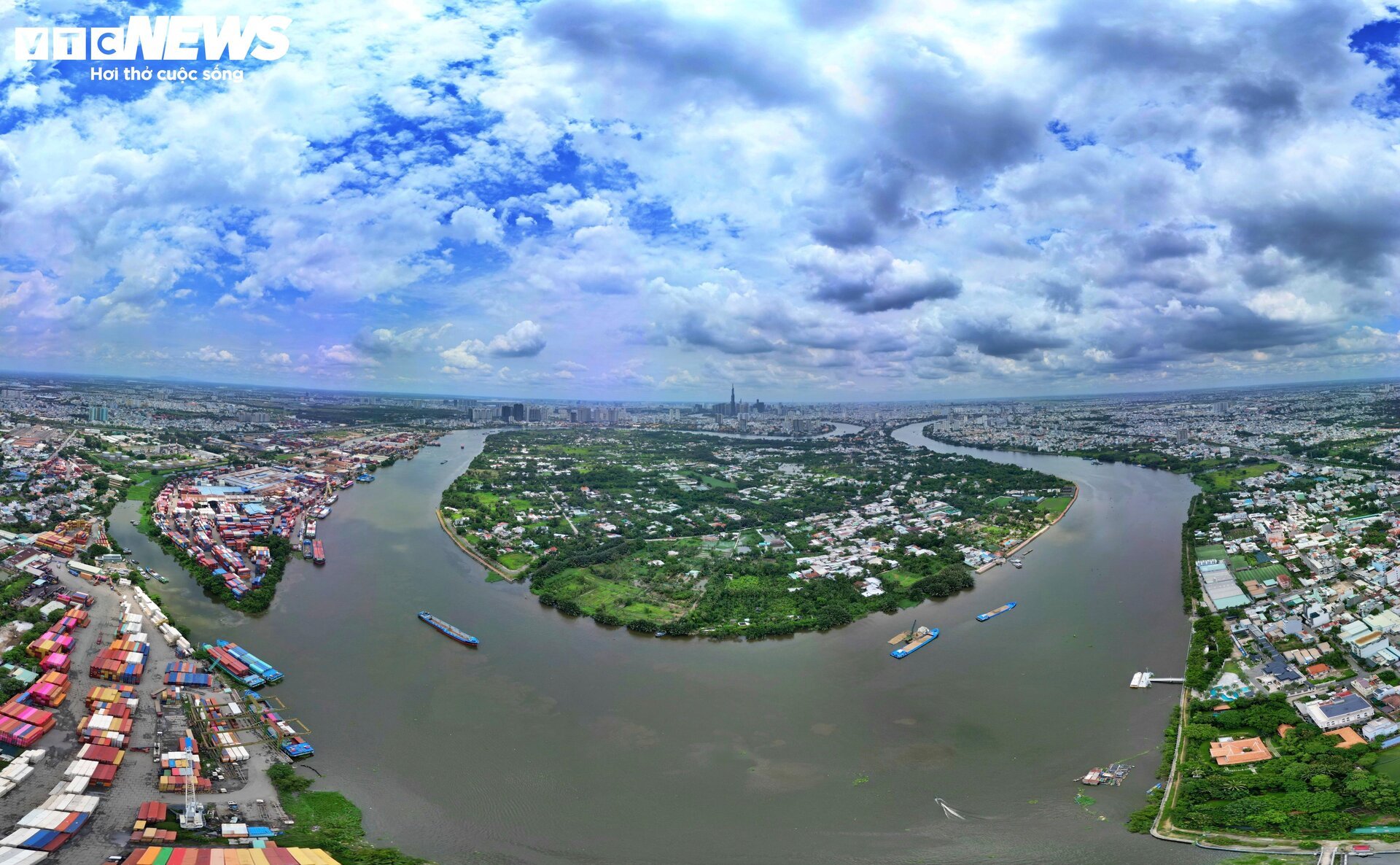
Bitexco and Emaar Properties PJSC were chosen as investors for the Binh Quoi-Thanh Da urban area project in 2015, with a total investment of over VND 30,000 billion. However, the project has yet to be implemented, affecting the lives of local residents.
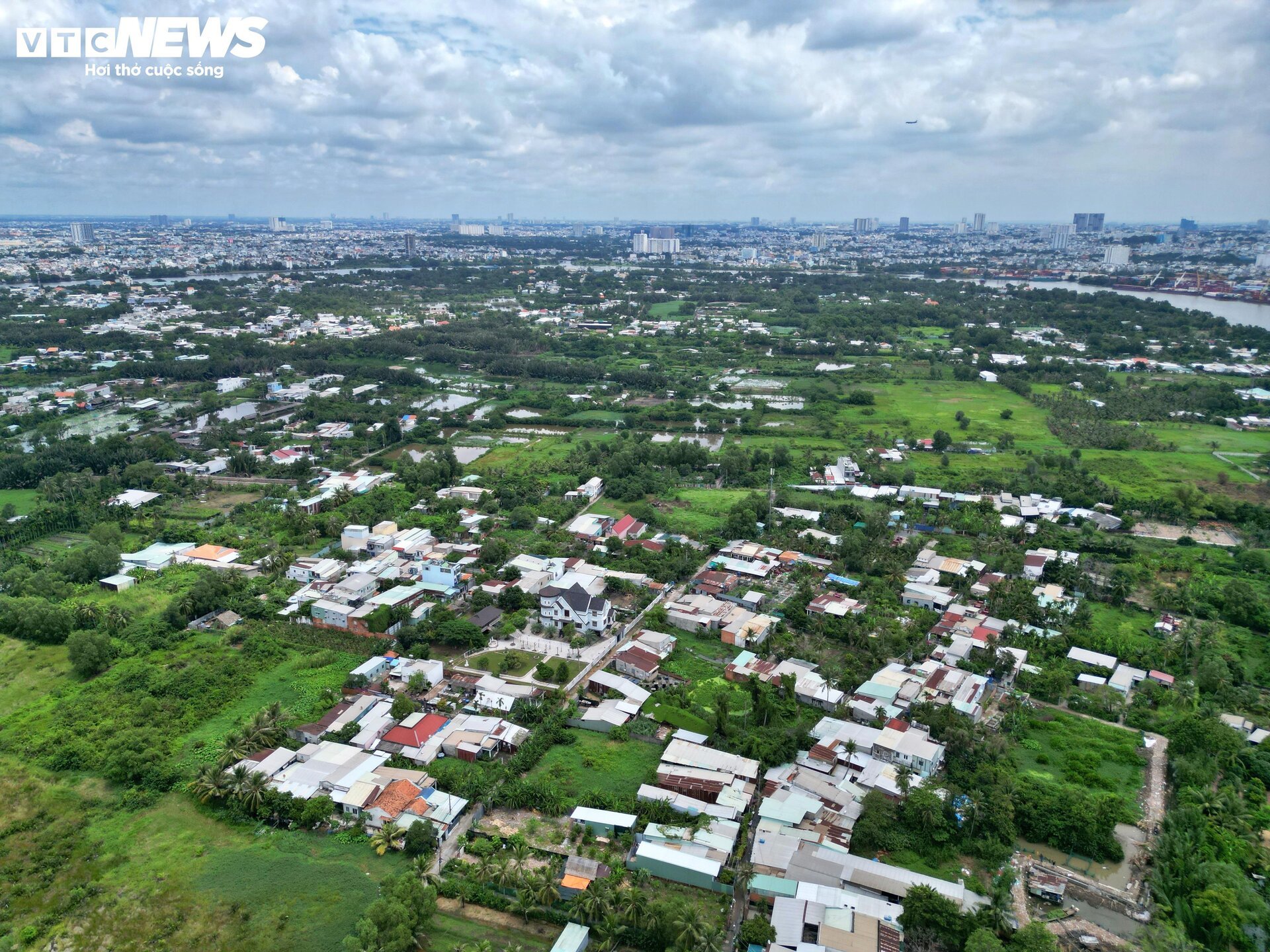
In 1992, an area of nearly 427 hectares in Ward 28, Binh Thanh District, was zoned by Ho Chi Minh City for the Binh Quoi-Thanh Da urban area project. In June 2004, the Ho Chi Minh City People’s Committee decided to revoke and temporarily hand over the land to the Saigon Construction Corporation for investment preparation.
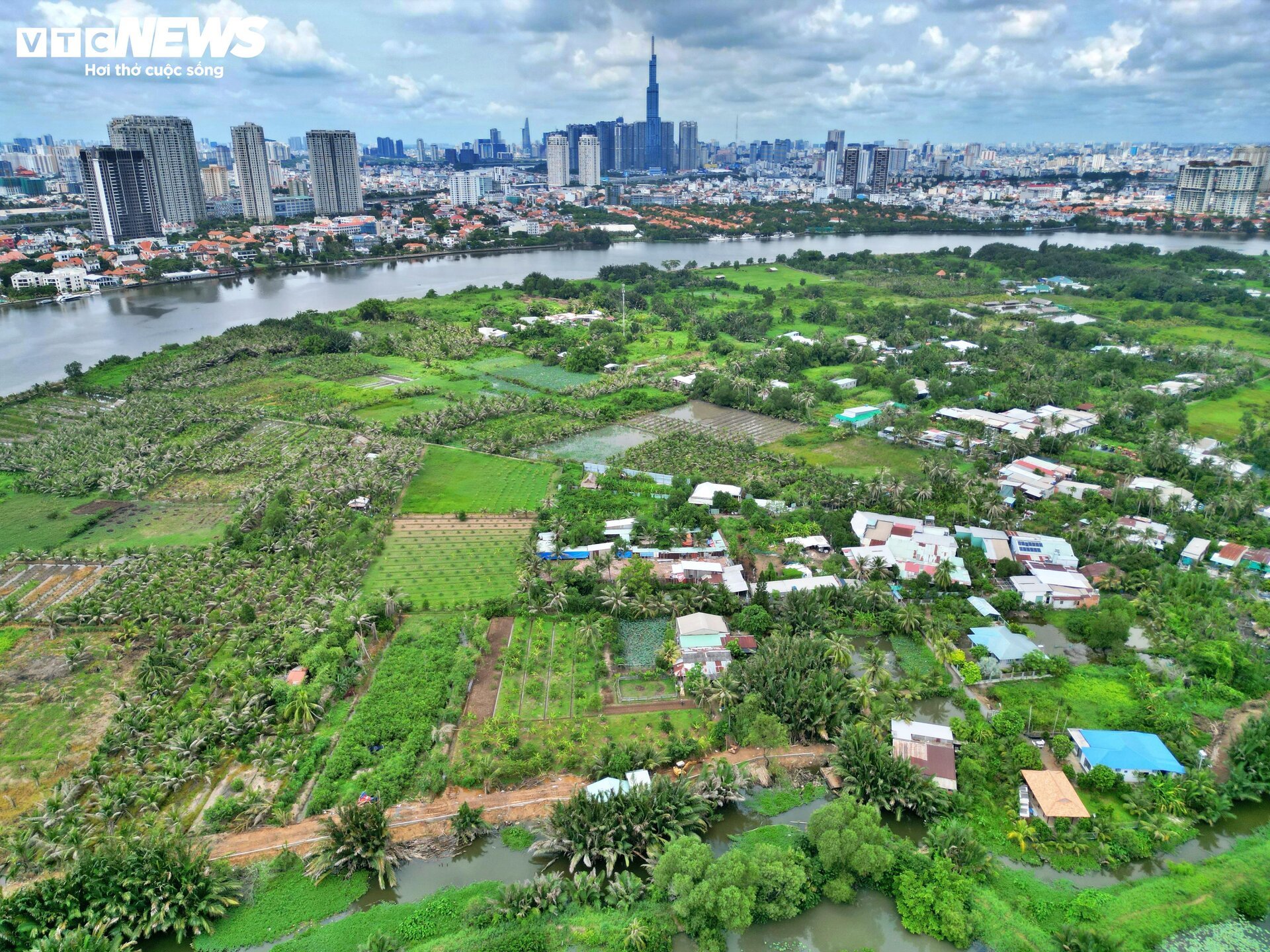
In 2010, the Ho Chi Minh City People’s Committee decided to revoke the investment license of the Saigon Construction Corporation due to the prolonged delay of the project.
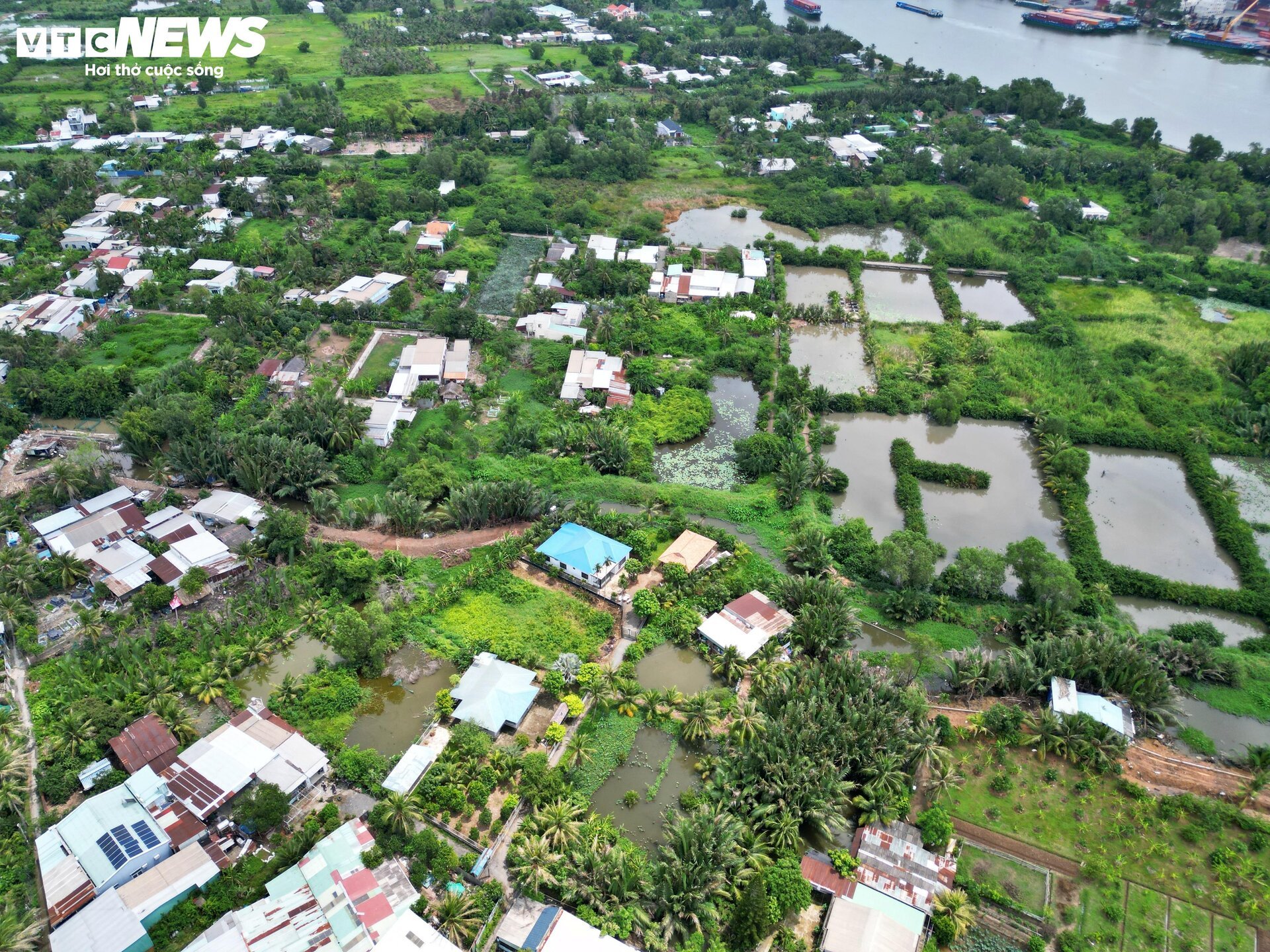
As of 2015, the Ho Chi Minh City People’s Committee has designated a joint venture between Bitexco Group and Emaar Properties PJSC as the investor for the Binh Quoi-Thanh Da urban area project, with a total investment of over VND 30,000 billion. However, the project has yet to be implemented, affecting the lives of local residents.
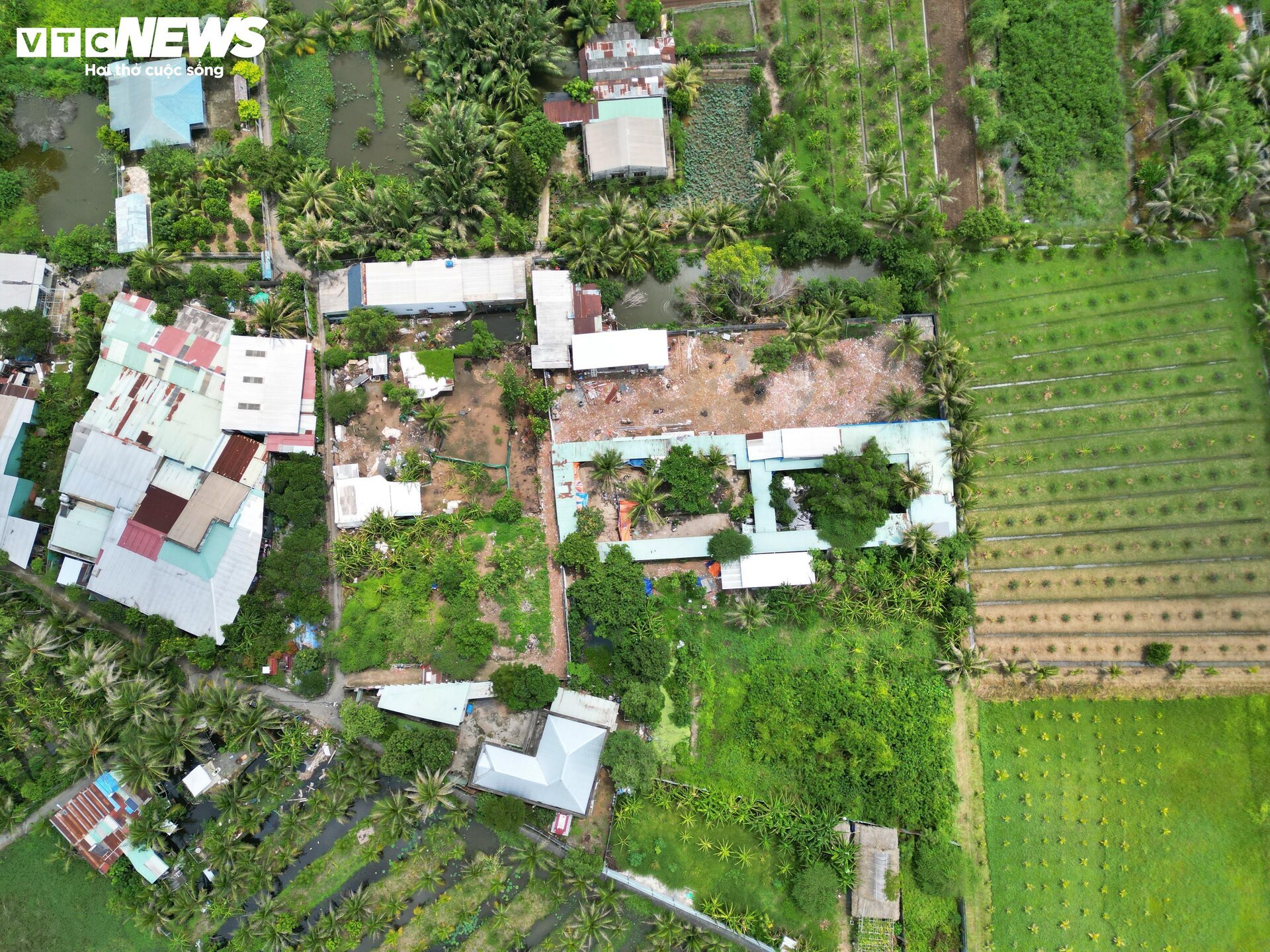
On August 26, VTC News reporters observed that the area resembled a remote rural area due to the prolonged delay of the project. Approximately 5,000 households with over 16,600 residents currently live in this area.
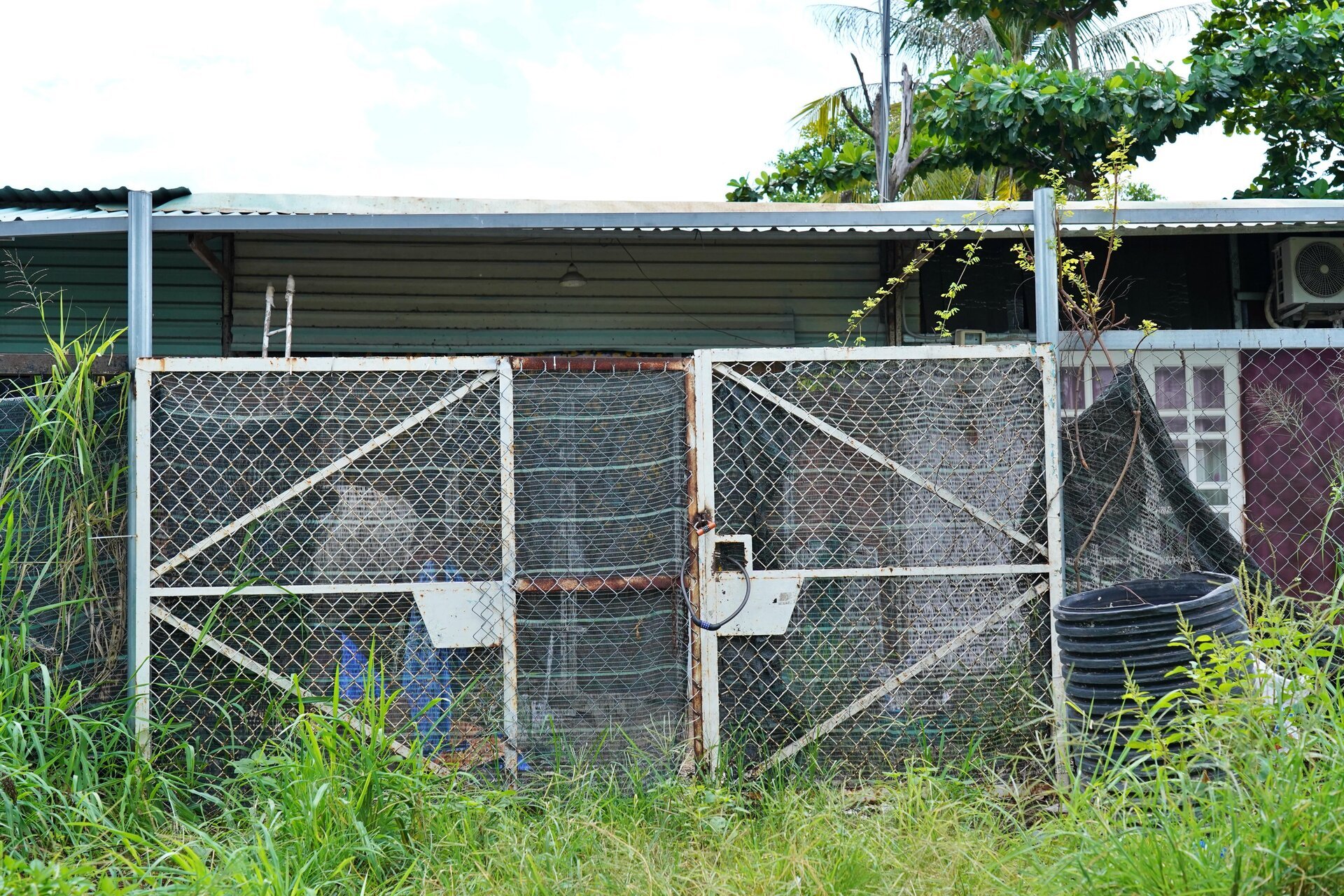
According to local residents, since the Binh Quoi-Thanh Da urban area project was first proposed, their lives have been in limbo. Due to the planning restrictions, houses and civil works can only be repaired and not rebuilt, resulting in most residents living in severely degraded housing.
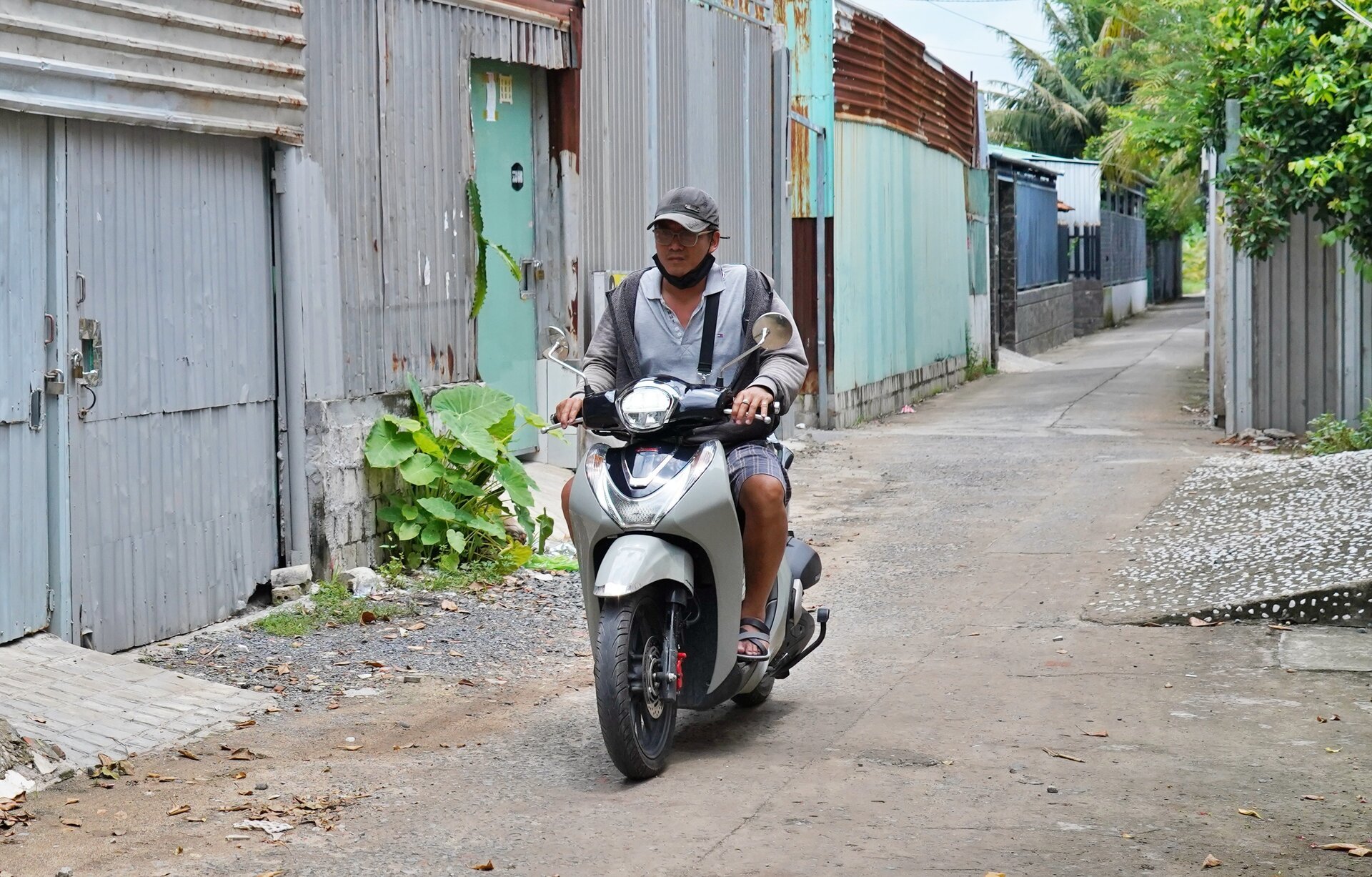
A series of makeshift houses made of corrugated iron sheets can be seen in the area. It is hard to imagine that these are the homes of many families in the heart of the country’s largest and most modern urban center.
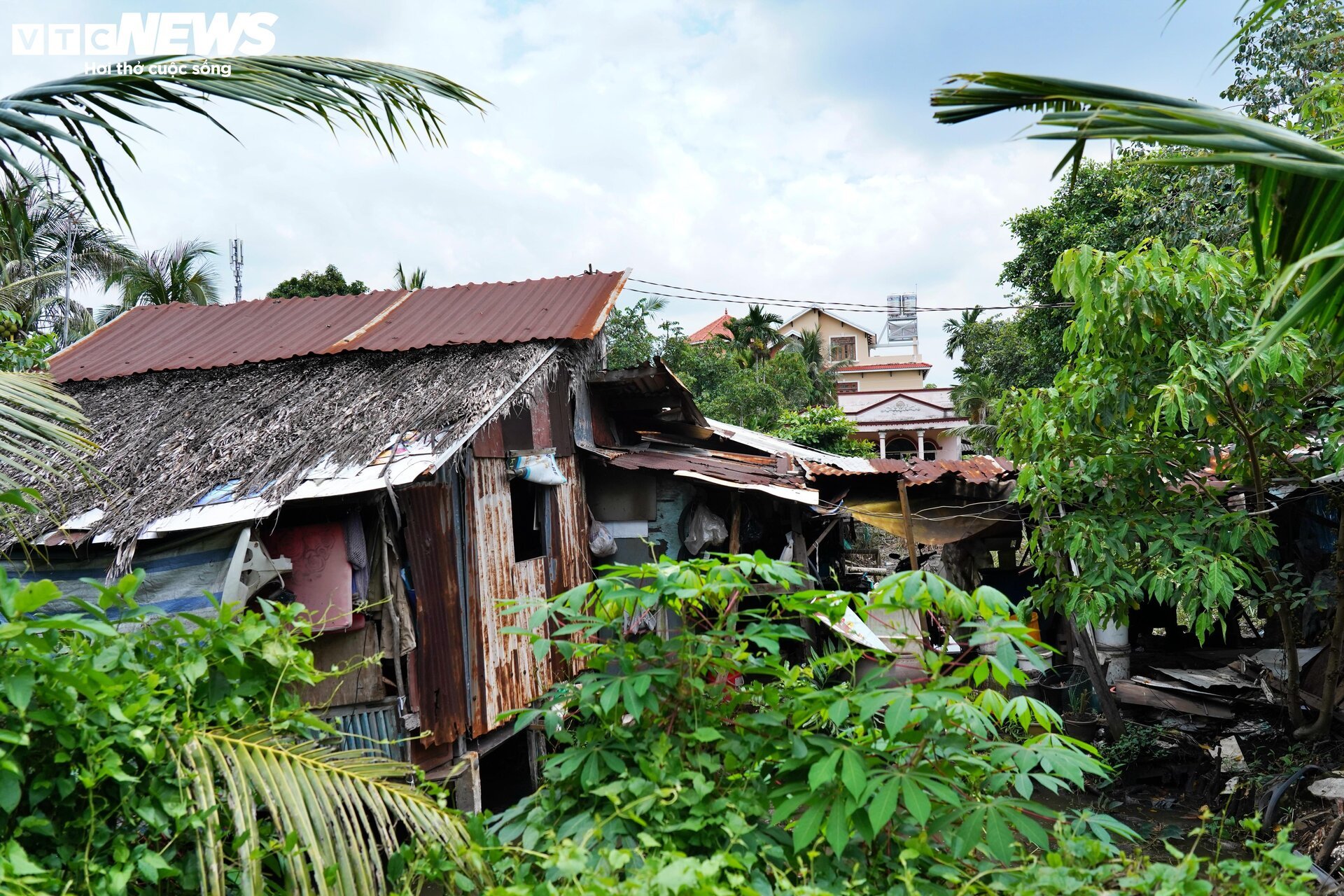
Mr. Hoang Van Chien, a resident of Ward 28, Binh Thanh District, shared that his family has lived in the area for decades. In 1992, their residence was included in the planning area, and since then, they have been unable to transfer or rebuild their property, despite its severe deterioration.
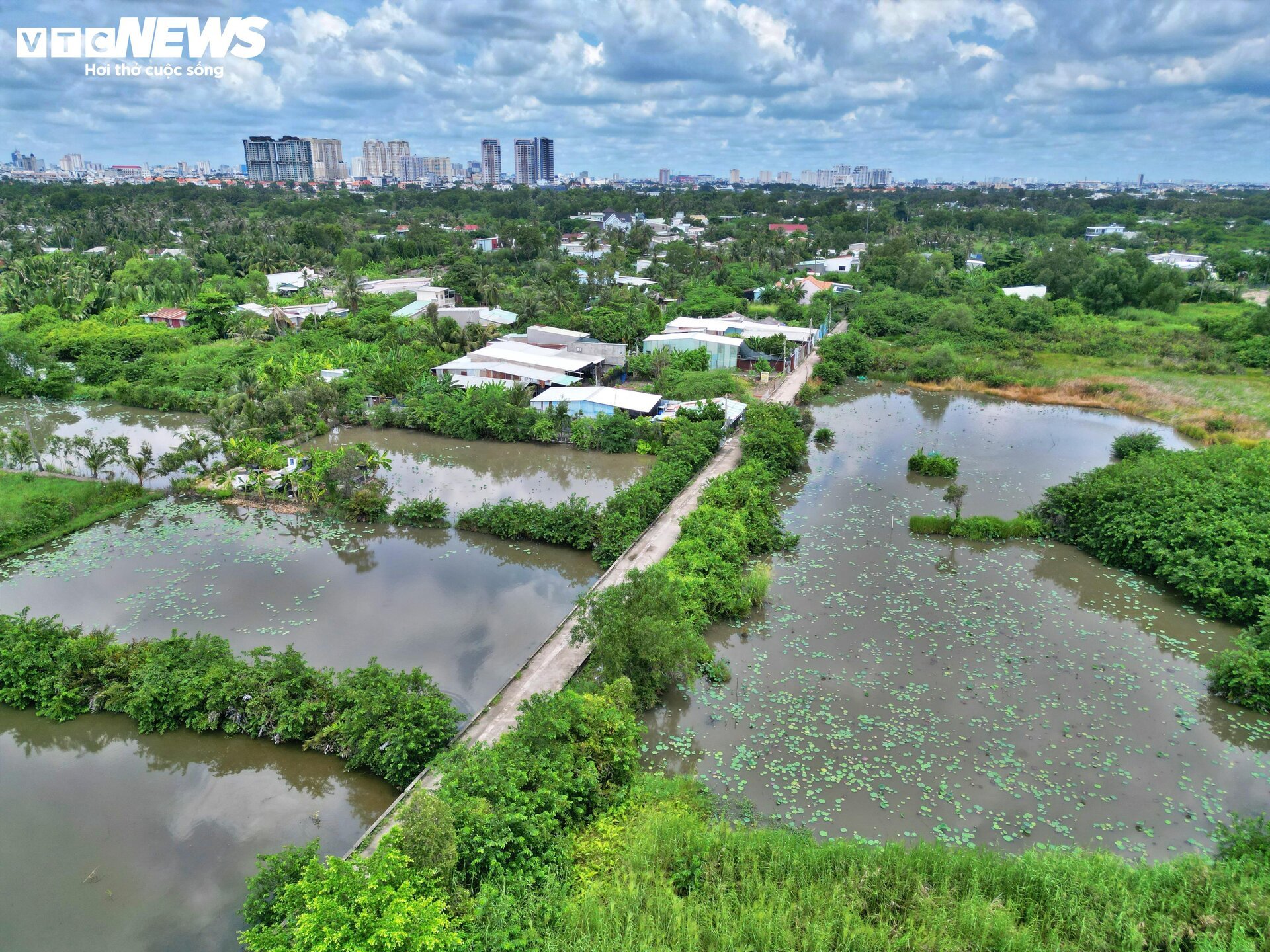
“The houses here are mostly temporary structures made of corrugated iron sheets, making them unbearably hot during the day and mosquito-infested at night,” Mr. Chien said. “Despite owning property in Saigon, we endure countless hardships. We hope that the local authorities will soon find a solution so that residents can live peacefully.”
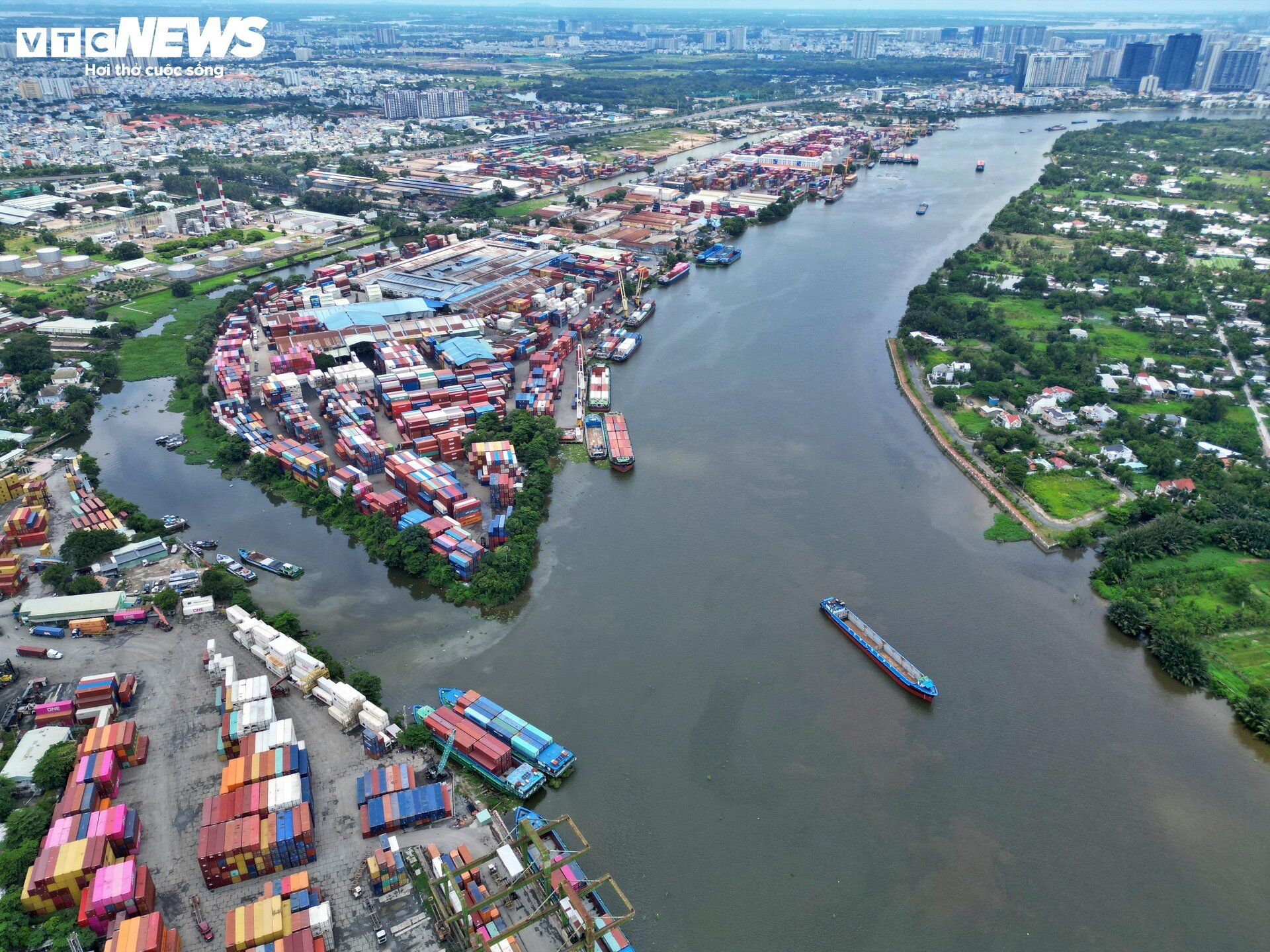
In stark contrast to the isolated lives of those affected by the delayed project, just across the river lies the bustling Thao Dien and Vinhomes areas, with their towering skyscrapers. Nearby is also the ICD Thu Duc port, bustling with ships.
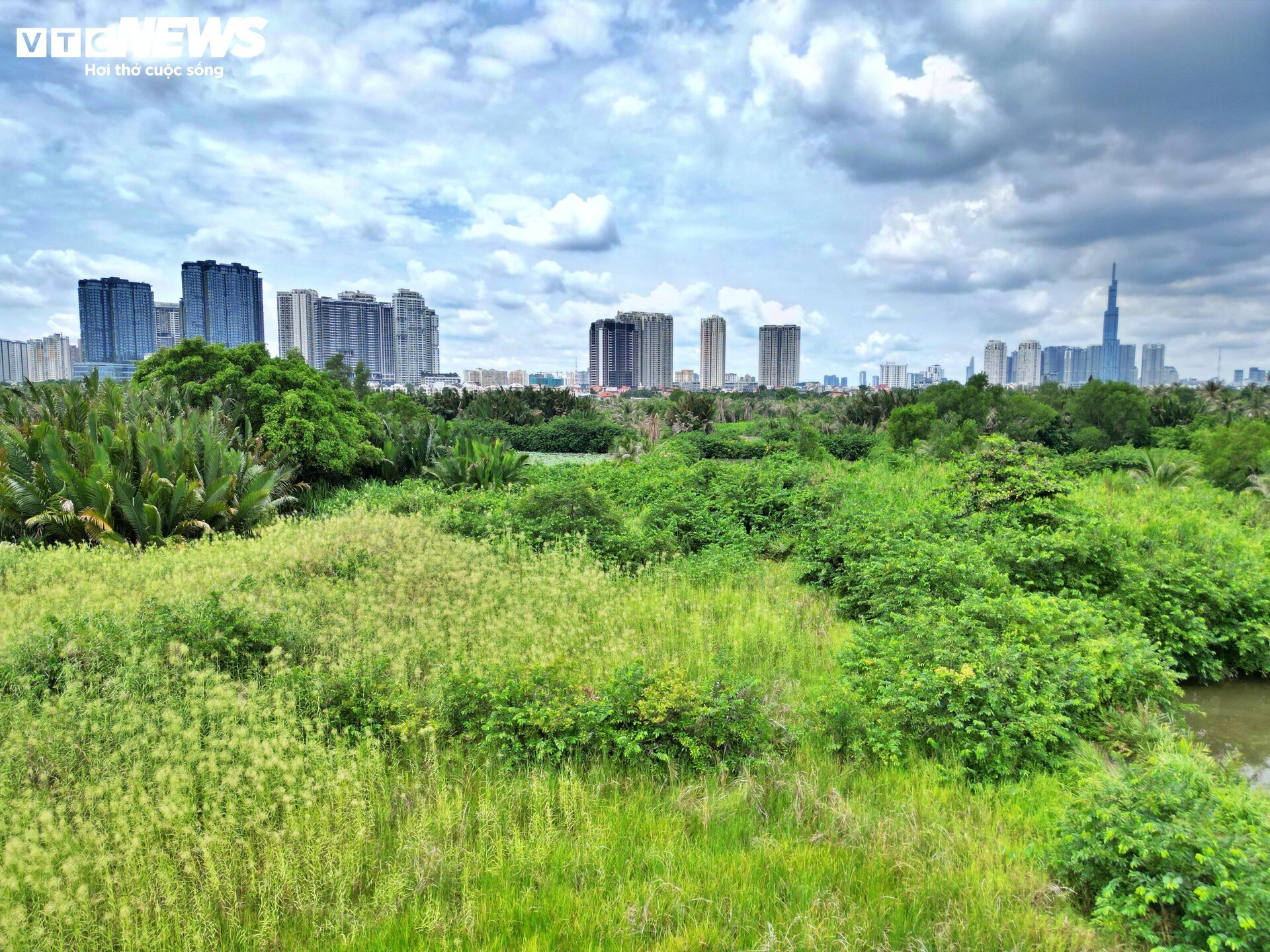
Earlier, on June 14, the Ho Chi Minh City People’s Committee issued Decision No. 2141 approving the task of organizing an international design competition for the Binh Quoi-Thanh Da peninsula with the requirement that the selected design must ensure the development of the peninsula into an ecological, sustainable, and modern urban area.
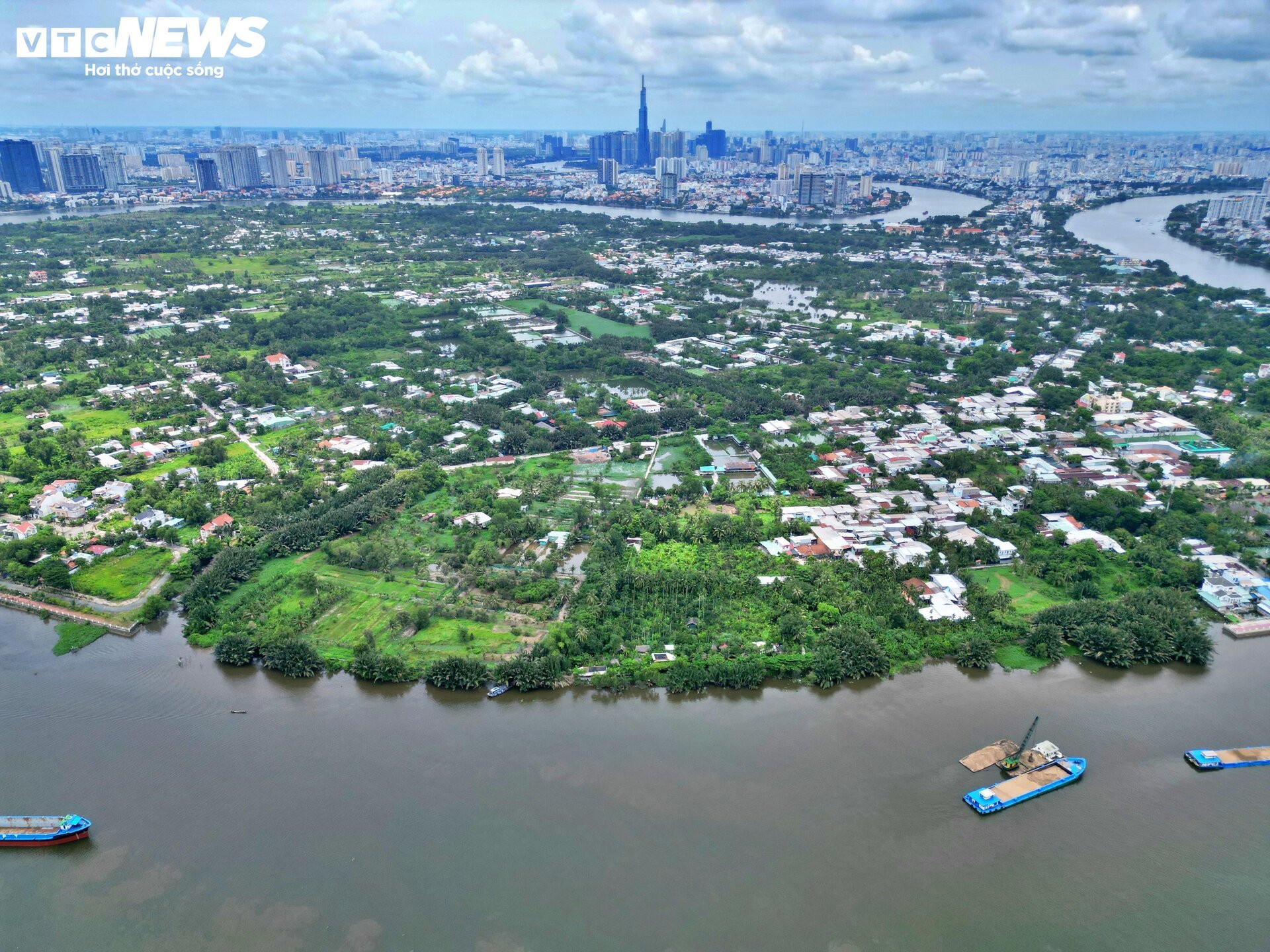
After the competition was announced, five joint ventures between domestic and international enterprises and units have advanced to the official competition round of the international design competition for the Binh Quoi-Thanh Da peninsula.
The five joint ventures between domestic and international enterprises and units are as follows:
Joint venture between Nam and Associates Consulting Investment Construction Company, Taiwan Training and Planning Institute, Nagecco Company, and Vscape Company;
Joint venture between Skidmore, Owings & Merrill LLP and the Architectural Research Center;
Joint venture between Sasaki Associates INC, Encity Urban Solutions PTE. LTD., and the City Planning and Architecture Institute;
Joint venture between Dong Phong Consulting Company, T.Y. LIN International Company, and the Urban Design and Planning Institute of Powerchina;
Joint venture between CPG Vietnam Company, CPG Consultant PTE LTD, and SEAPE Consulting Construction Company.
District 1 seeks investors for the “Golden Quadrilateral” project in Ma Lang area
On the morning of March 2nd, the Ho Chi Minh City People’s Committee organized a conference to review the implementation plan for 2024 and address the recommendations of the Thu Duc District, District 1, District 7, and Can Gio District People’s Committees.






